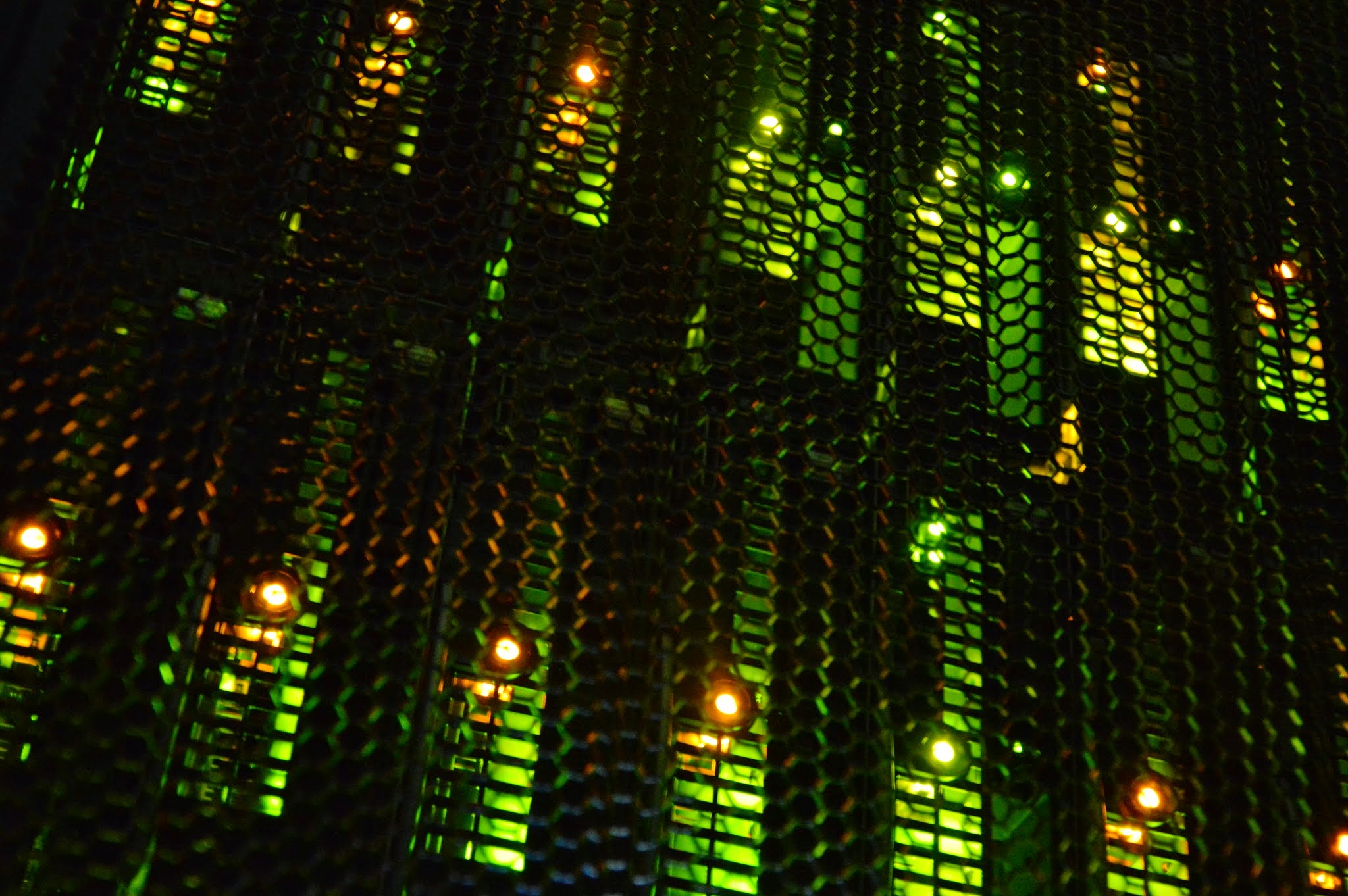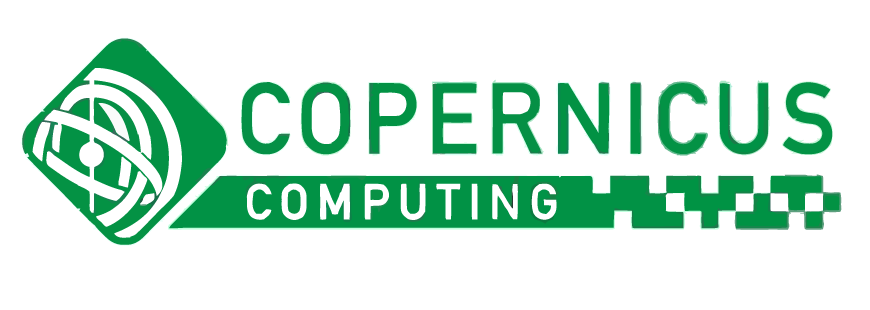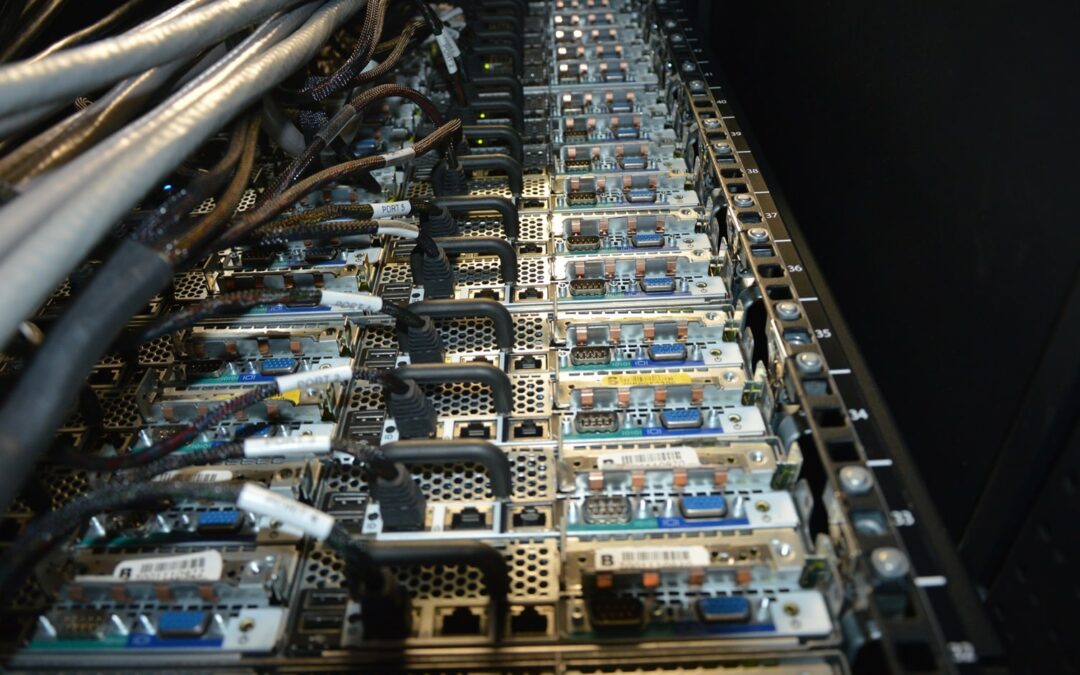Introduction
This guide was created to help you better understand how render farms and priority systems work. Many users are intimidated by their complexity, but with solutions like Copernicus Computing – a fully automated render farm backed by 24/7 support from experienced 3D graphics professionals – using render farms becomes easier, more efficient, and more cost-effective.
Priorities in Render Farms – A Comprehensive Guide
As the complexity of 3D projects increases, so does the demand for computational resources. In response to these needs, online render farms have become an invaluable tool for artists and studios, offering a range of benefits.
What Are Render Farms?
A render farm is a network of computers dedicated to processing 3D graphics. Their enormous computational power enables the rendering of complex scenes and animations that would be impractical or too time-consuming to perform on individual workstations.
Priority Levels
Most render farms offer different levels of priority. Higher priority levels typically mean faster rendering, but they come at a higher cost. These systems can range from standard plans to VIP tiers, with each level differing in the allocation of resources and pricing.
Resource Allocation
Resources in a render farm include CPU/GPU time, memory, and disk space. Tasks with higher priority receive faster access to these resources. It’s all about balance—ensuring that high-priority tasks get the necessary resources without sidelining those with lower priority.
Factors Influencing Priority
- Urgent Deadlines: Some farms allow users to specify deadlines, which adjust the task’s priority (and cost) to meet those requirements.
- Costs: Higher priority generally comes with higher costs, so users must weigh the urgency of their project against budget constraints.
- Resource Demand and Availability: The overall demand for rendering resources and the current load on the farm’s infrastructure can influence priority allocation. During periods of high demand, changes in both priority and cost may occur.
Effective Use of the Priority System
Choosing between high, medium, or low priority is crucial when using online render farms. Each level is designed for specific needs:
- VIP Plan (High Priority – The Fast Lane):
- Urgent Deadlines: When a project must be completed very quickly, every second counts.
- Complex Scenes and Animations: Rendering intricate or high-resolution scenes requires rapid resource access.
- Client Demands and Revisions: Quick turnaround for changes is essential to keep the project on schedule.
- Final Renders: The ultimate render for key presentations or premieres often requires the highest priority, despite the higher cost.
- Pro Plan (Medium Priority – The Balanced Choice):
- Standard Deadlines: For projects with set, but not critical, deadlines, medium priority offers a balance between cost and speed.
- Budget Constraints: When a project needs to be finished relatively quickly but the budget doesn’t allow for the highest priority, the medium option serves as a compromise.
- Iterative Work: During project development, where repeat renders are needed for review and refinement, medium priority is often sufficient.
- Standard Plan (Low Priority – The Economical Option):
- Early Rendering Stages: In the initial phases, when rough renders are needed for concept or feedback, low priority is acceptable as speed is not critical.
- Budget-Limited Projects: Independent artists or small studios can access professional render farms without the high costs associated with premium tiers.
- Non-Time-Sensitive Tasks: For projects with flexible deadlines, such as personal work, low priority can reduce costs without sacrificing final quality.
- Bulk Rendering: For large-scale projects where individual elements are not urgent, low priority is a cost-effective solution.
Technical Support According to Priority
Generally, higher priority also means better technical support:
- Response Time: High-priority clients receive faster responses from support teams, with our goal being to respond within a few minutes via our 24/7 system.
- Dedicated Assistance: Some render farms offer dedicated account managers or support specialists for top-tier clients.
- Advanced Features: Higher tiers may provide access to cutting-edge rendering features and newer hardware, along with specialized support.
- Custom Solutions: For high-priority clients, render farms can offer tailored solutions that meet specific project requirements.
Planning Ahead
- Avoid High Priority When Possible: Plan projects well in advance by predicting your rendering needs and scheduling tasks during off-peak times.
- Budget Allocation: Reserve higher priority (and its associated cost) only for critical, time-sensitive parts of your project.
- Leverage Low Priority: For non-urgent tasks, lower priority can be more economical.
- Understand Your Needs: Evaluate the complexity of your scenes to choose the appropriate priority level.
- Communication: For extremely tight deadlines, direct communication with the render farm can yield flexible, tailored solutions.
The Future of Priority Systems
As technology evolves, so too will the priority systems in render farms. We may see more dynamic, AI-driven systems that better predict and allocate resources based on real-time demand and user behavior. Machine learning could offer a more personalized approach, with recommendations for priority levels based on past usage patterns and project specifics. An ideal solution might even resemble a dynamic marketplace for computing power, where prices adjust in real time based on resource availability.
Conclusion
Online render farms are a solution that not only accelerates the rendering process but also enables the highest quality outputs, reduces environmental costs through state-of-the-art hardware, and relieves your local workstation, allowing you to work on multiple projects simultaneously. Understanding the priority system and utilizing the professional support offered by Copernicus Computing allows you to manage 3D projects effectively and focus on creativity. With a strategic approach to resource allocation, even the most complex rendering tasks become achievable—essential in the ever-evolving world of 3D graphics.


